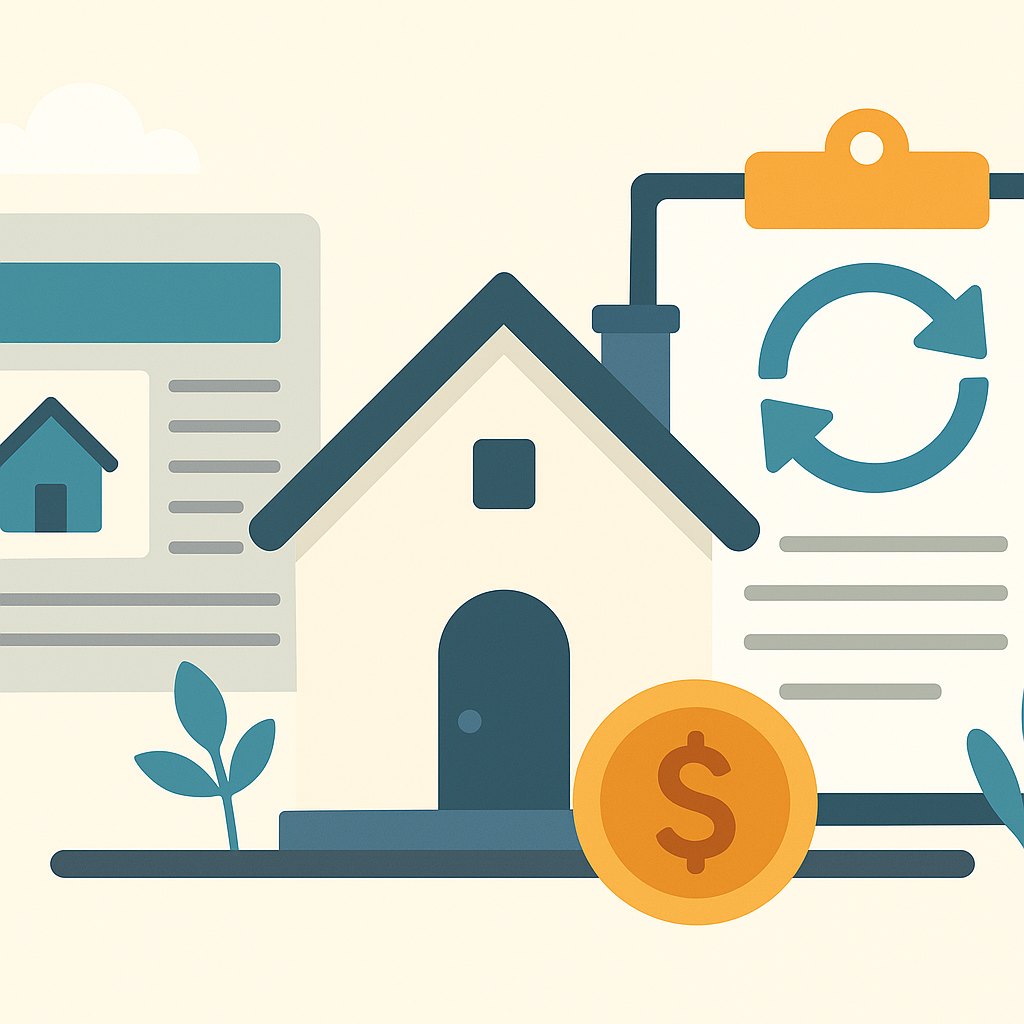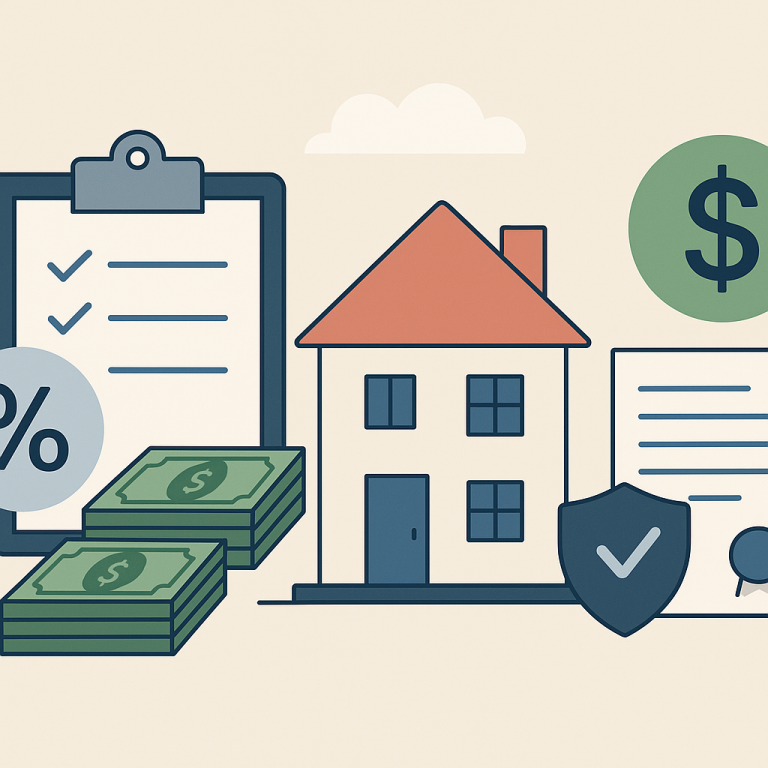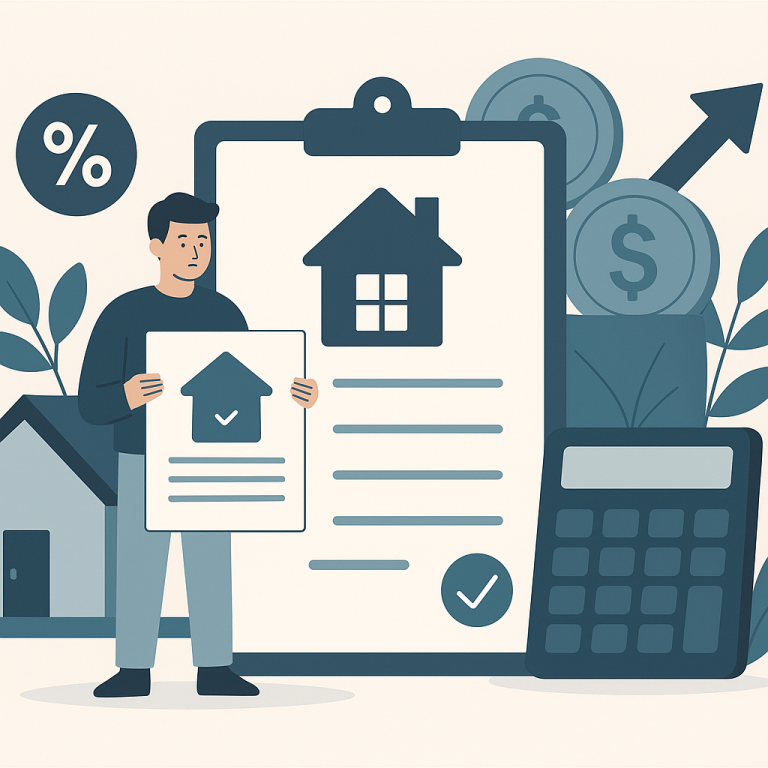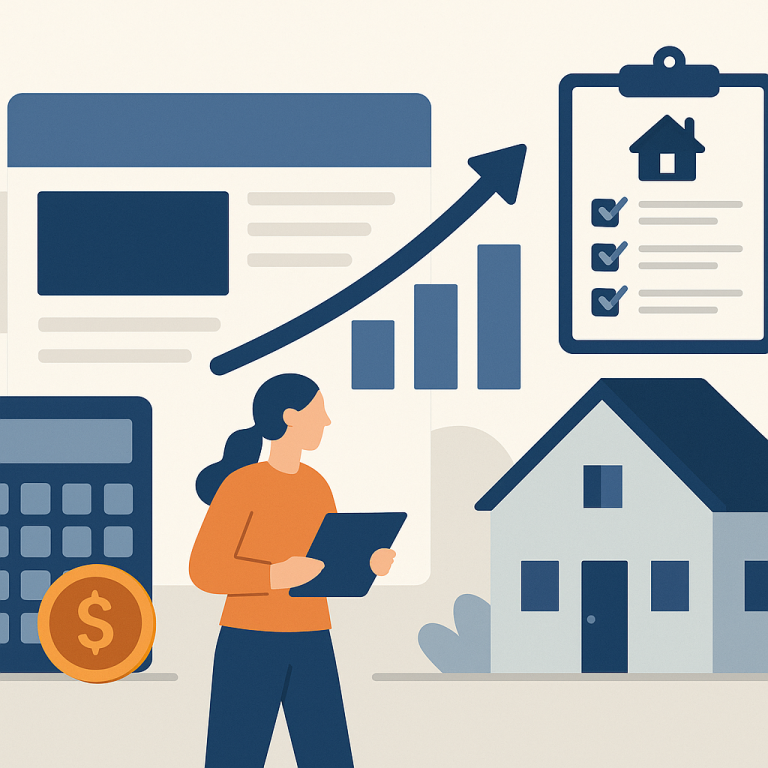Major Lenders Cut Refinance Fees, Lowering Average Closing Costs 10-20% Nationwide
Small Rate Improvements Spur Targeted Refinancing; Benefits Depend on Equity and Time Horizon
Recent modest improvements in benchmark mortgage rates have prompted a renewed but selective wave of refinancing interest among homeowners. Rather than a broad refinancing boom, the reaction has been concentrated among borrowers with substantial equity, stable incomes and multi-year plans to remain in their homes. Financial advisers and lenders say homeowners evaluating refinance decisions should weigh closing costs, remaining loan term and personal cash needs before acting.
Industry professionals note that when rates move lower by a modest amount, not every loan immediately benefits. For many borrowers the decision hinges on how long it will take to recoup upfront fees from monthly savings — the so-called break-even period — and on whether refinancing will alter other loan features such as mortgage insurance or amortization pace.
Why the response is selective
Several practical factors explain the cautious approach. Homeowners with high loan balances or recent originations may see limited near-term savings after accounting for closing costs. Conversely, borrowers with significant equity can often access more competitive pricing and avoid private mortgage insurance when refinancing, making the economics more favorable. Credit quality and documentation also matter: borrowers who can qualify for better pricing stand to gain more decisively from a rate shift.
Another consideration is the type of refinance being sought. Rate-and-term refinances that reduce interest cost without changing loan size are more sensitive to modest rate declines. Cash-out refinances, by contrast, involve a trade-off between pulling equity for spending or debt consolidation and accepting a new loan balance and potentially different terms.
Practical steps for homeowners
Homeowners contemplating refinance should approach the decision methodically. Start by collecting current loan statements and any recent appraisal or equity assessments. Request multiple loan estimates from different lenders to compare closing costs, points and projected monthly payments. Pay particular attention to how much of the new payment reduction will be offset by fees and whether the new loan resets the amortization schedule in a way that could extend the payoff timeline.
- Calculate the break-even period: divide total closing costs by the expected monthly savings to estimate how long it will take to recover fees.
- Assess remaining time in home: refinancing tends to be more attractive if you expect to stay in the property beyond the break-even point.
- Consider loan features: evaluate whether refinancing removes mortgage insurance, changes loan term, or alters tax implications.
- Compare offer details: look beyond headline rates to examine points, fees, and lender credits across multiple offers.
When alternatives may make sense
For some borrowers, alternatives to a full refinance may be preferable. Mortgage recasting or a short-term modification can lower payments without incurring the full cost of a refinance. Certain government-backed loans may offer streamlined refinance options with reduced documentation and fees for eligible borrowers. Homeowners with variable-rate products might explore timing strategies or caps if rates are volatile.
Ultimately, modest rate improvements can present meaningful opportunities for homeowners who have the equity, credit profile and time horizon to benefit. Those with marginal savings prospects should take a conservative approach, run the numbers and consult multiple lenders before committing to a new loan.
Homeowners who follow a disciplined comparison process and focus on the interplay of fees, equity and time in residence are more likely to make decisions that improve their long-term finances.
META: refinancing, mortgage rates, homeowner takeaways, break-even, refinance considerations




